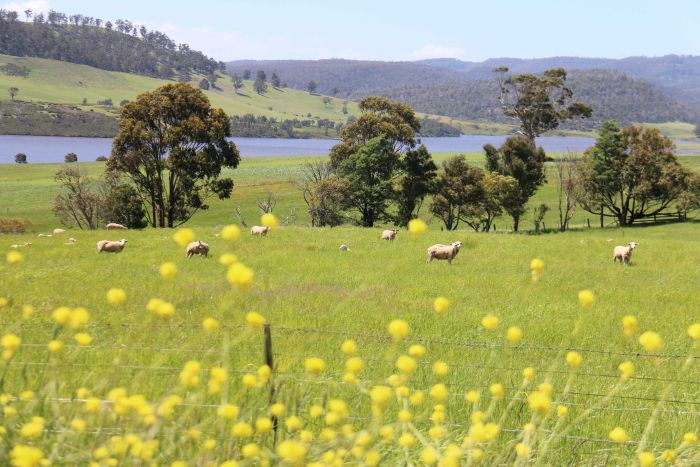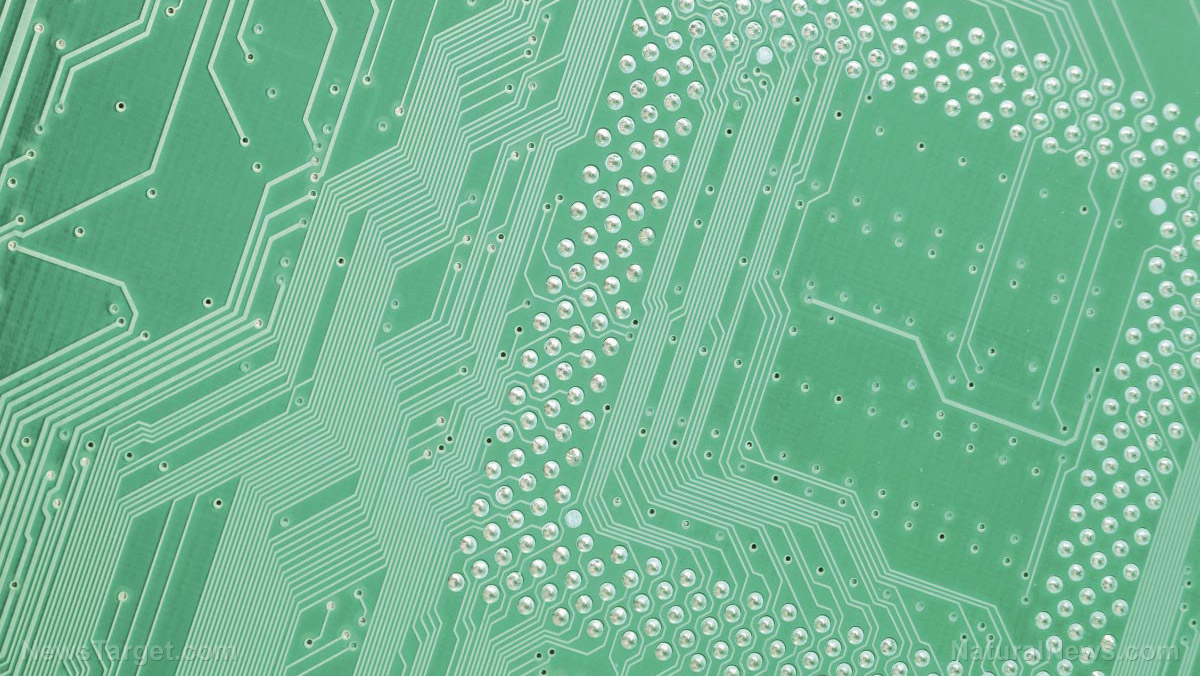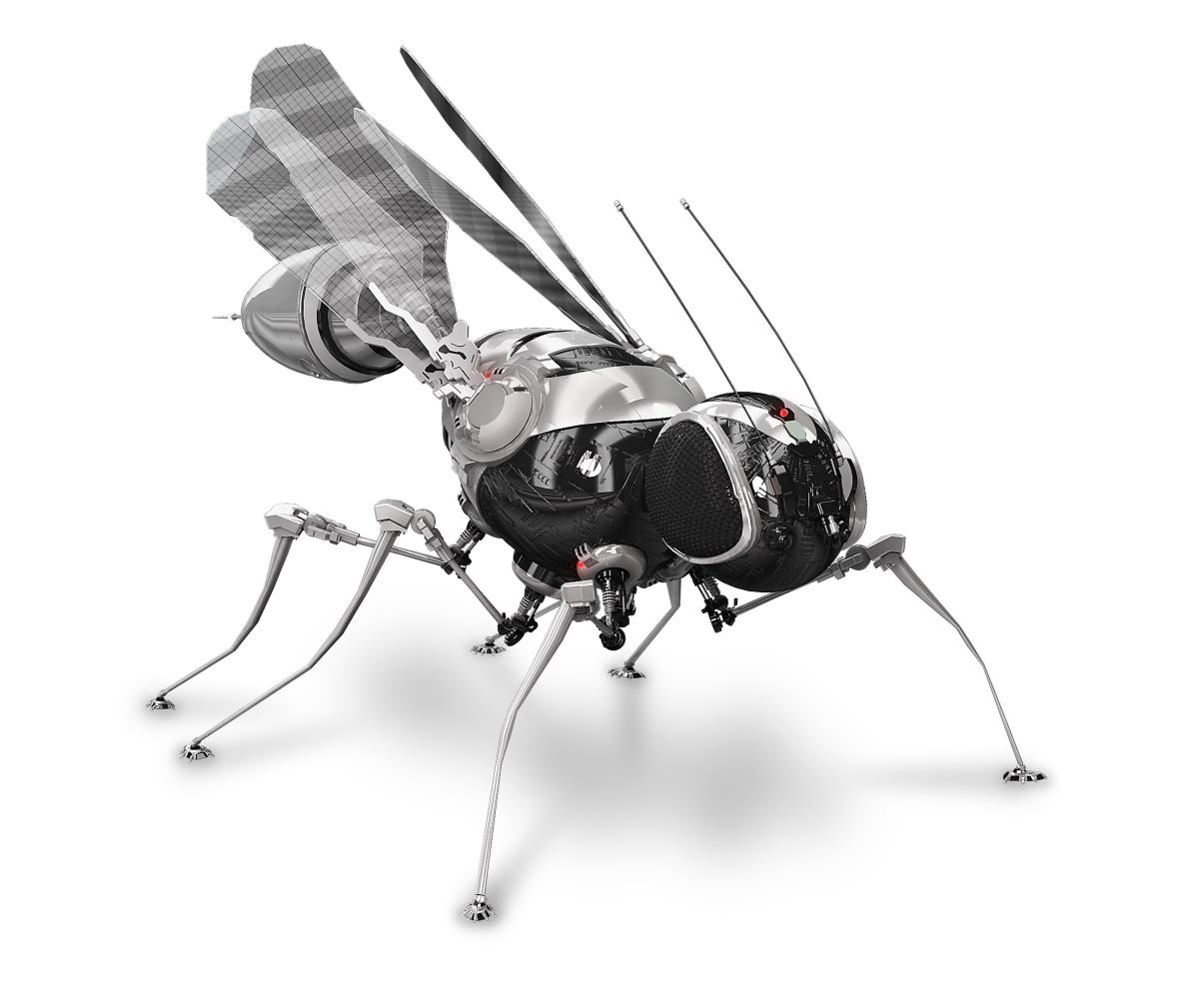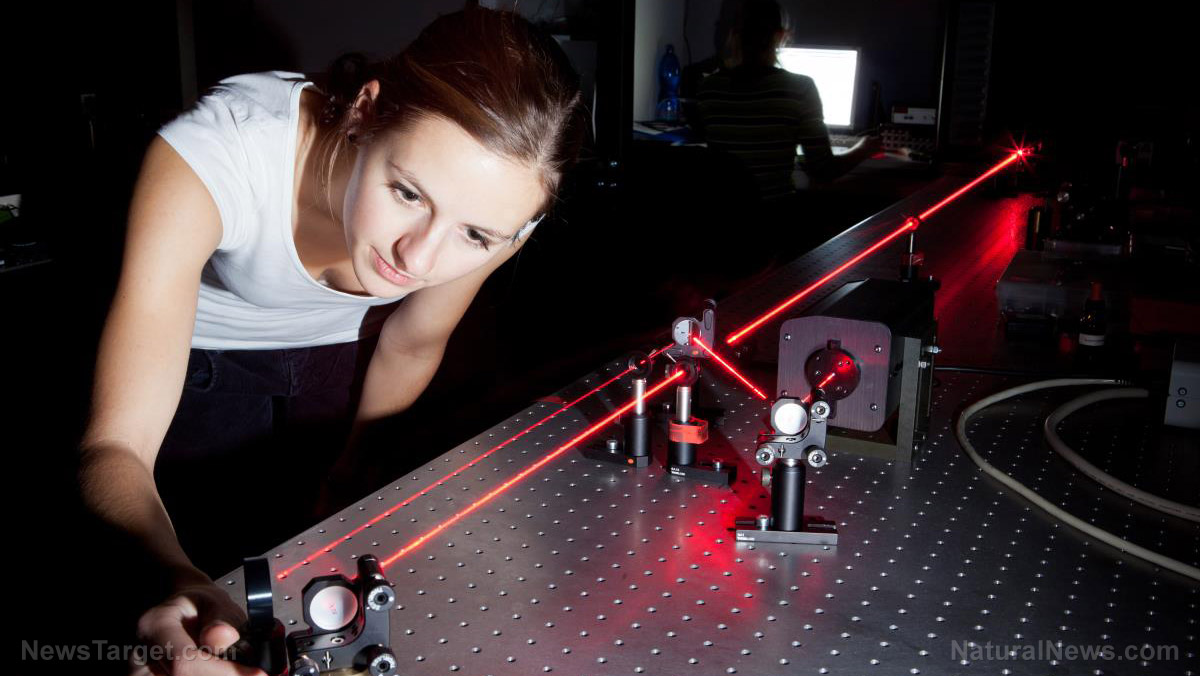Looking at ways to decrease agricultural greenhouse gas emissions by producing eco-friendly animal feed
09/19/2018 / By Edsel Cook

Feeding livestock is very costly for the environment. To ensure our cattle, chickens, and pigs eat well – so that we, in turn, will also eat well – we cut down biodiverse forests and jungles and fill the air with pollution. In an article in Science Daily, researchers are looking for more environment-friendly options to feed domestic animals.
There are ideas like moving the production of animal feed from croplands to industrial facilities. And if you are wondering just how factories are going to raise crops to feed cows, the answer is that those industries will cultivate edible microbes that are rich in protein.
The concept is part of a recently published report by European researchers that looked at the economic and environmental benefits of microbe-based foods for livestock all around the world. The study claimed that replacing a mere two percent of conventional crop-based feed with microbial equivalents will significantly decrease the amount of air pollution, cropland area, and nitrogen losses associated with livestock.
Study author Benjamin Leon Bodirsky said that livestock eat about half of the protein feed grown on the croplands of the world. This amount will increase alongside human populations as meat comprises a huge part of the human diet. (Related: Most Americans don’t eat real food anymore; they consume cheap, lab-concocted, genetically modified, junk-science food-like “stuff.”)
Protein-rich microbes touted as partial replacement for plant-based animal feed
To support the increasing need for human food and animal feed, the agro-food system has two choices. One is to keep pillaging the environment for the resources needed to prevent starvation. The other is to transform itself by embracing unorthodox options to feed animals.
Bodirsky said that cultivating microbes is one such option. These protein-rich microorganisms only need carbon, nitrogen, and some form of energy. The microbes can be grown in the same industrial facilities that will process them into protein powders. The powders will be used to replace soybeans, a popular source of protein for animals.
Laboratories and industries can free up limited cropland by taking on some of the burdens of producing animal feed, Bodirsky claimed. This will reduce the need to clear forests and jungles for additional land. Furthermore, the study predicts that microbial protein is economically profitable when compared to conventional means of producing animal feed, making it very attractive to cash-strapped farmers.
Bodirsky’s team came up with this proposal after simulating the impact of microbial protein production from the 2010s to the 2050s. Their computer simulations show that microbes could replace two percent of the plant-based concentrate feed produced every year.
That two percent will reportedly reduce global deforestation by six percent, lower air pollution attributed to agriculture by seven percent, and cut nitrogen losses from croplands by eight percent.
Intended to feed astronauts, cultivated microbes might feed livestock in the future
University of Queensland researcher Ilje Pikaar explained that microbe cultivation was first developed during the Cold War. The technology was intended for use aboard manned spacecraft.
Astronauts would raise microbes in artificial environments using carbon, nitrogen fertilizers, and plenty of electricity. The microbes would be turned into protein powder that the astronauts could subsist on. Pikaar said that bacteria, fungi, yeast, and other microbes are a good substitute for traditional crops like cereals and soybeans. Their team investigated different ways of cultivating microbes.
One way is to replace cropland with either hydrogen or natural gas. The cropland-free production does not cause the pollution attributed to agriculture, but it requires a lot of electricity – and generating power often causes pollution. Other processes employ photosynthesis to turn biogas, sugar, or synthetic gas into protein. However, these methods are less friendly to the environment, as they can increase nitrogen pollution and air pollution.
FoodScience.news has more articles about alternative sources of nutrition that researchers are exploring.
Sources include:
Tagged Under: alternative protein sources, Animal Feed, biotech, livestock, livestock and poultry, Microbes, plant-based protein, protein powders, protein sources, Soybeans




















